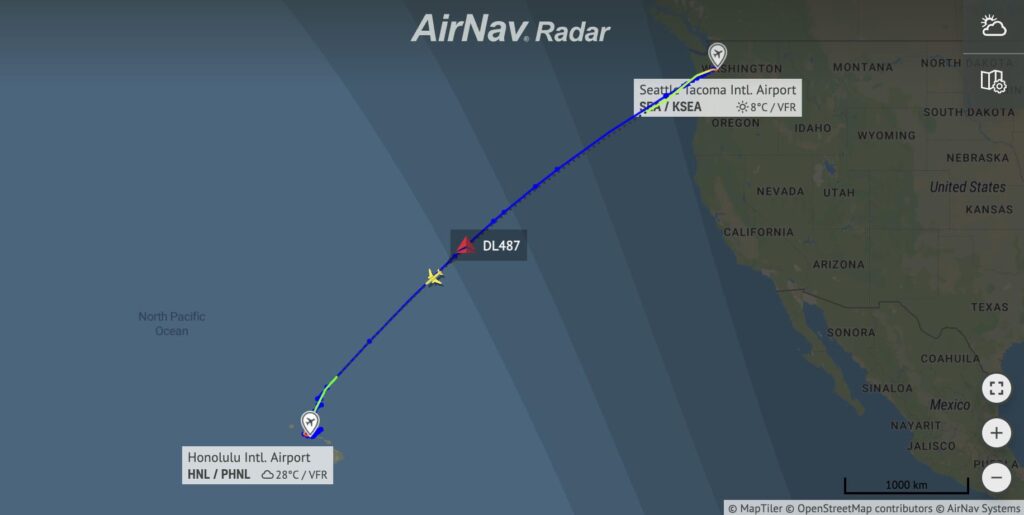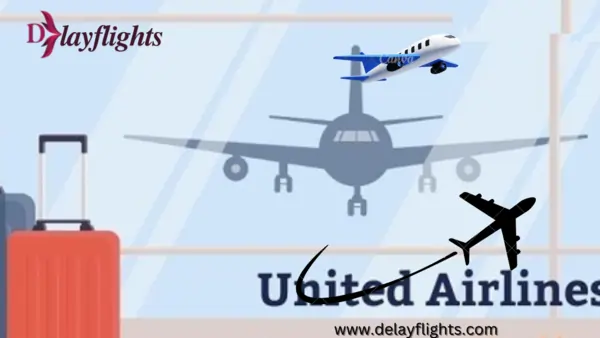Have you ever wondered how someone could sneak onto a commercial airplane without being caught? Sounds like a movie plot, right? But this real-life story of a Delta Air Lines stowaway flight is no fiction—it’s a wake-up call about airline security and human desperation.
In this article, we’ll walk you through the full story, explore the implications, and unpack how something like this could happen in our modern aviation era. Buckle up, because this isn’t just about planes—it’s about people, policies, and the surprising gaps in systems we trust every day.
Who Was the Stowaway?
The individual in question was later identified as a 27-year-old man with a history of mental health issues and economic instability. Reports suggest he had been trying to travel to another state for work but didn’t have the means to buy a ticket. His identity wasn’t immediately disclosed due to ongoing investigations, but the background painted a picture of desperation more than criminal intent.
How Did the Stowaway Get on the Plane?
This is the million-dollar question. According to preliminary reports, the man may have followed a cleaning crew through a secure access door, bypassing the traditional TSA checkpoint. It’s a loophole that, while rare, does exist—especially during peak hours when staff rotations are high.
Think of it like sneaking into a concert by following the band’s entourage backstage. If no one checks your pass, you’re in.
The Incident: What Happened on the Delta Stowaway Flight?
On a routine flight operated by Delta Air Lines, airline staff discovered a stowaway who had managed to clandestinely board the aircraft without a ticket or identification. According to reports, the stowaway was found hidden within a non-passenger section of the plane, potentially the wheel well or cargo hold—areas that are not only inaccessible to the general public but are also highly dangerous due to extreme temperatures and lack of oxygen.
Eyewitnesses noted heightened activity around the aircraft shortly after landing, with law enforcement and emergency responders quickly surrounding the scene. The stowaway survived the flight, albeit with medical complications stemming from hypoxia and exposure, and was promptly taken into custody by federal authorities.
How Could a Stowaway Board a Delta Air Lines Flight in 2025?
Despite rigorous Transportation Security Administration (TSA) screening and advanced surveillance systems, airport perimeter breaches remain a critical vulnerability. In this case, preliminary investigations suggest the individual may have entered through a service gate or by exploiting an area under construction.
The stowaway then likely made their way to the tarmac and accessed the aircraft while it was undergoing routine servicing. The lack of physical barriers in certain zones, insufficient patrolling during low-traffic hours, and over-reliance on digital systems instead of physical security checks could have all played a role.
A stowaway tried to fly on Delta Air Lines plane at Seattle-Tacoma International Airport on Christmas Eve.
The unticketed passenger was discovered while the plane was still taxiing out for takeoff to Honolulu, Delta Air Lines and he Transportation Security Administration confirmed.
The stowaway went through a TSA security checkpoint the evening before the flight DL487 but wasn’t holding a boarding pass, an airport spokesperson said. The next day, the person gained access to the loading bridge without a scanned ticket at the gate.
Once the person was discovered, the Airbus A321neo (registration N538DN) returned to the gate to remove the unticketed passenger, Delta said.
Port of Seattle police officers were dispatched to gate B1 at the airport around 1:05 p.m. for “a report of a suspicious circumstance” on the Delta flight. The person “ran out” of the aircraft before officers arrived, Cooper told CNN Friday.
“The aircraft returned to the terminal and the subject departed the aircraft,” the Port of Seattle said. “With the help of video surveillance, POSPD were able to locate the subject in a terminal restroom. The subject was arrested for criminal trespass.”

Delta apologized to passengers and thanked them for their patience in a statement this week.
“As there are no matters more important than safety and security, Delta people followed procedures to have an unticketed passenger removed from the flight and then apprehended. We apologize to our customers for the delay in their travels and thank them for their patience and cooperation.”Delta statement
The flight was delayed by two hours and 15 minutes. After the rescreening, it continued to Honolulu at 3 p.m.
Conclusion and Lessons Learned
The Delta Air Lines stowaway flight wasn’t just a headline—it was a human story tangled in flaws, fear, and the pursuit of something better. While security systems failed in one sense, they also worked—eventually catching the mistake without injury or chaos.
What we learn from this matters. Not just for airlines, but for anyone who flies, works in aviation, or believes in systems meant to protect us. Because sometimes, even the safest places need a second look.
Frequently Asked Questions (FAQs)
How did the Delta stowaway get on the flight without a ticket?
He reportedly followed an airport crew through a secure door, bypassing TSA screening and boarding with staff unnoticed.
Was the Delta stowaway dangerous?
No, the individual didn’t pose a threat to passengers and was cooperative during arrest, but the risk came from the breach itself.
What actions did Delta take after the incident?
Delta launched an investigation, tightened internal protocols, and cooperated with authorities to ensure it wouldn’t happen again.
Can stowaways survive in airplane wheel wells?
Rarely. Temperatures and lack of oxygen make it almost impossible. Only a few have survived, and usually on short-haul flights.
What penalties can a stowaway face?
Penalties can include federal charges, prison time, and psychiatric evaluation if mental health is involved.


